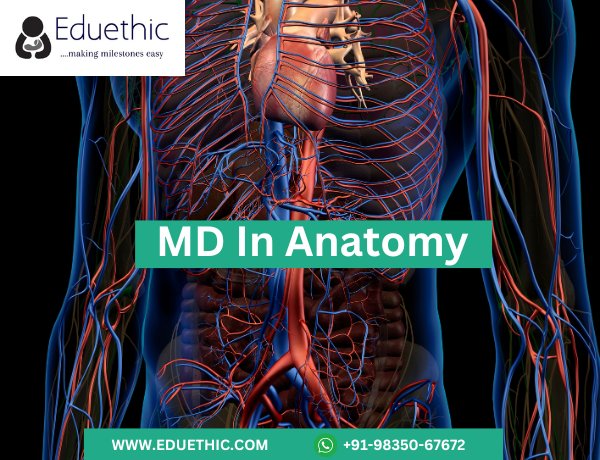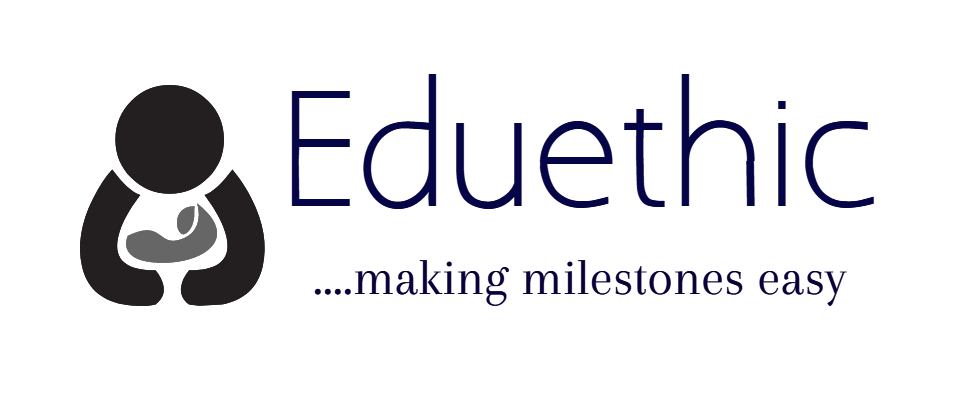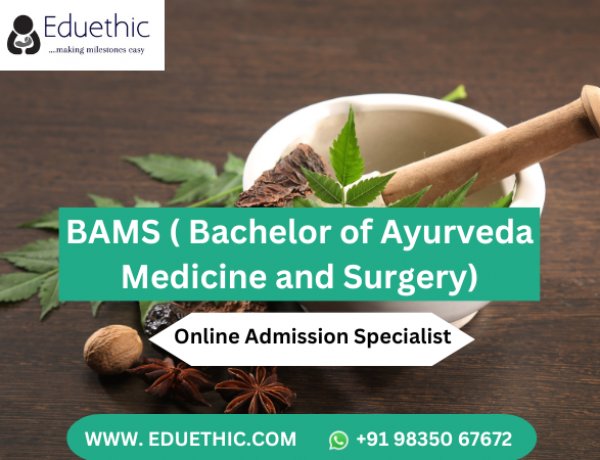Who is eligible for MD Anatomy?

Anatomy is a branch of medicine that studies the physical structure of humans and animals. It involves the dissection, observation, and identification of a complete living body. MD in Anatomy is the pg level of study. It prepares the specialists who become researchers and professors in this advanced field. According to The Scientist Magazine, “Scientists have disclosed new parts of the human body and overturned earlier misconceptions.”. This is done with the use of advanced approaches and tools. These types of research by scientists have made this field much more desirable and pursuable among medical students.
Eligibility Criteria
- Candidates should have an MBBS Degree from an institution recognized by the (MCI) Medical Council of India.
- Some colleges or universities have their entrance exams for admission.
- The candidate must complete a compulsory rotating internship of 1 year after passing the final professional examination, that is, MBBS, before 30th April of the academic year.
- NEET is an entrance examination for different medical programs at different levels.
- To apply for International institutes, MCAT is one entrance test.
Admission Process
Admission to MD in Anatomy is based on a national level entrance examination- National Eligibility Cum Entrance Test (NEET) PG- which is a single window entrance examination to MD/MS/PG diploma courses in medicine in India. Candidates who have secured the qualifying percentile for the National Eligibility cum Entrance Test are eligible.
NEET PG – NEET PG is an eligibility-cum-ranking examination conducted by the Central Board of Secondary Education (CBSE) for admission to MS/MD and PG Diploma courses in India in Medical/ Dental Colleges running with the approval of the Medical Council of India/ Dental Council of India. The exam fee for NEET-PG is INR 3 750 for general candidates and INR 2 750 for SC/ST/PWD/PH candidates. The examination is a computer-based test with 300 multiple-choice questions exam delivered on a computer-based platform (CBT). The syllabus for the exam comprises subjects/knowledge areas per the Graduate Medical Education Regulations issued by the Medical Council of India. The NEET PG is conducted in December, and the result is declared in January. Online registration begins in September and is open until October.
Syllabus And Course
|
PAPER I General: Anatomy |
|
Tissues of the body |
|
General Osteology |
|
Arthrology |
|
Muscle & Fascia |
|
Nervous system |
|
Principles governing arterial, venous and lymphatic pathways |
|
Innervations of blood vessels |
|
Gross anatomy |
|
Detailed gross anatomy of the human body, including cross sectional anatomy, anatomical basis of clinical conditions |
|
Embalming and museum techniques |
|
Radiological anatomy |
|
Principles involved in plain radiography |
|
Special investigative procedures and newer imaging techniques such as ultrasound, C-T scans, M.R.I, PET |
|
PAPER II: Embryology |
|
General embryology |
|
Special embryology of all the systems of the body including variations and congenital anomalies |
|
Genetics |
|
Structures of chromosomes |
|
Structure of genes |
|
Karyotype |
|
Chromosomal aberrations |
|
Inheritance |
|
Basic molecular genetics |
|
Common genetic disorders |
|
Histology |
|
Histological and museum techniques |
|
Microscopes all types |
|
Care and maintenance of light microscope |
|
General histology |
|
Special histology of the systems of the body including their electron microscopic appearance |
|
Preparation and processing of tissue for histological study |
|
PAPER III: Neuroanatomy |
|
Structural organization of various parts of nervous system with particular reference to their connections and functions |
|
Localization and effect of lesions in different parts of the central nervous system and nerve injuries |
|
Cross section of brain at various levels |
|
Ventricles of brain |
|
Cranial nerves, connections, functions and distributions |
|
PAPER IV: Applied anatomy including radio anatomy and recent advances |
|
Applied aspects of human anatomy including surgical approaches to various structures and organs |
|
Principles of newer imaging techniques |
|
Determination of age, sex and race from skeletal remains |
|
Determination of age of a living individual |
|
Application of anatomical knowledge in fertility control |
|
Immunological basis of tissue typing and organ transplant |
|
Sectional anatomy |
|
Principles and interpretation of CT Scan, Sonographer and M.R.I. |
|
Surface anatomy |
|
Museum techniques |
|
Recent advances in medical sciences. |
|
Embalming techniques including medico-legal aspects |
Career Prospects
The course employs educational methods and techniques in training medical candidates and paramedical workers and demonstrates adequate managerial skills for building influential leaders for teams engaged in teaching and research.The program provides an advanced insight into the critical periods of human growth and development and the ontology of all body organ systems. Anatomy opens doors to lucrative career avenues in various healthcare fields, such as optometry, chiropractic, medicine, etc. Successful post graduation in anatomy and physiology may also opt for teaching jobs in universities/ colleges.
Read More - How many years is MD in Psychiatry?




















